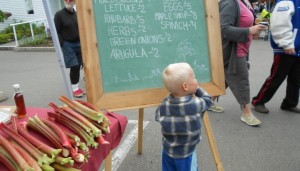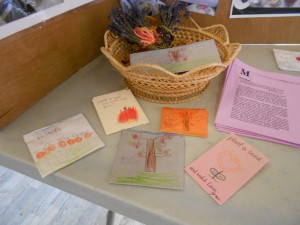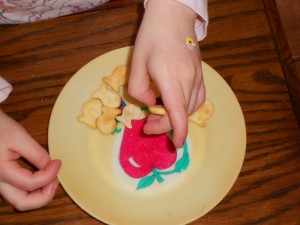One-to-one correspondence or one-to-one matching is another vital skill for kids to have in their learning toolbox, even if it seems easy and obvious to us. This is so critical that we don’t think of it as something kids have to learn, but what exactly is it?
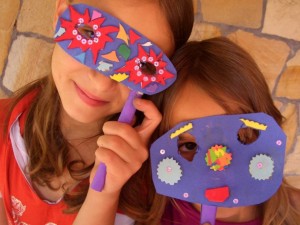 Basically, it’s being able to link one item to only one other item. Like one person on a chair, one sock on each foot, one dress-up mask on each face.
Basically, it’s being able to link one item to only one other item. Like one person on a chair, one sock on each foot, one dress-up mask on each face.
How could this be a critical skill? Well, think of how many times in a day we use it. One name for each person, counting out money when we pay for something, one ticket per person on the bus. And that’s just for numbers.
As we read, we know that each letter group is one word that we can see, say, and mean. There is only 1 match for b r a i n, and that is brain. For people learning English, part of what makes it so confusing for the brain is that some words have more than one sound and more than one meaning.
Isn’t it one to one easy and obvious? It is for somethings, but not all. Kids are not born knowing that each number will count one item. They don’t know that squiggles on a page are connected to the words we say, let alone that each squiggle bunch is different from the others. It’s another step beyond those to figure out that each written word matches to one spoken word and one meaning.
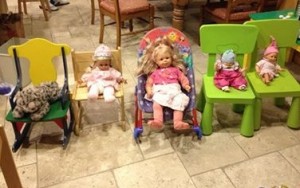 One-to-one correspondence forms the foundation for math and reading. To help children develop this, take advantage of what’s happening for the family and how kids are playing. At meal times, each person needs one plate and cup. Pretending school, each stuffie-student needs a chair for its very own-self. Kids will often do this on their own as they play independently. It’s very helpful when reading books to kids, to point to each word as you say it.
One-to-one correspondence forms the foundation for math and reading. To help children develop this, take advantage of what’s happening for the family and how kids are playing. At meal times, each person needs one plate and cup. Pretending school, each stuffie-student needs a chair for its very own-self. Kids will often do this on their own as they play independently. It’s very helpful when reading books to kids, to point to each word as you say it.
Kids need practice but you don’t need to turn your house into a school bootcamp. There will be many opportunities for one-to-one correspondence as part of daily life. Will fun and learning match your child’s play today?
(P.S. I’m always happy to answer your questions, even if there’s more than one. Contact me one way or the other. )

